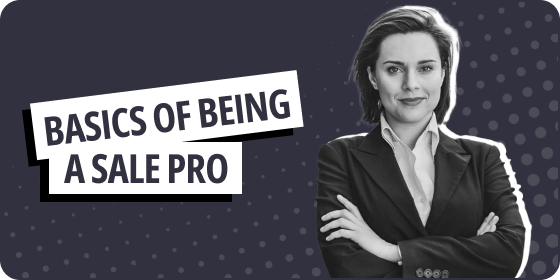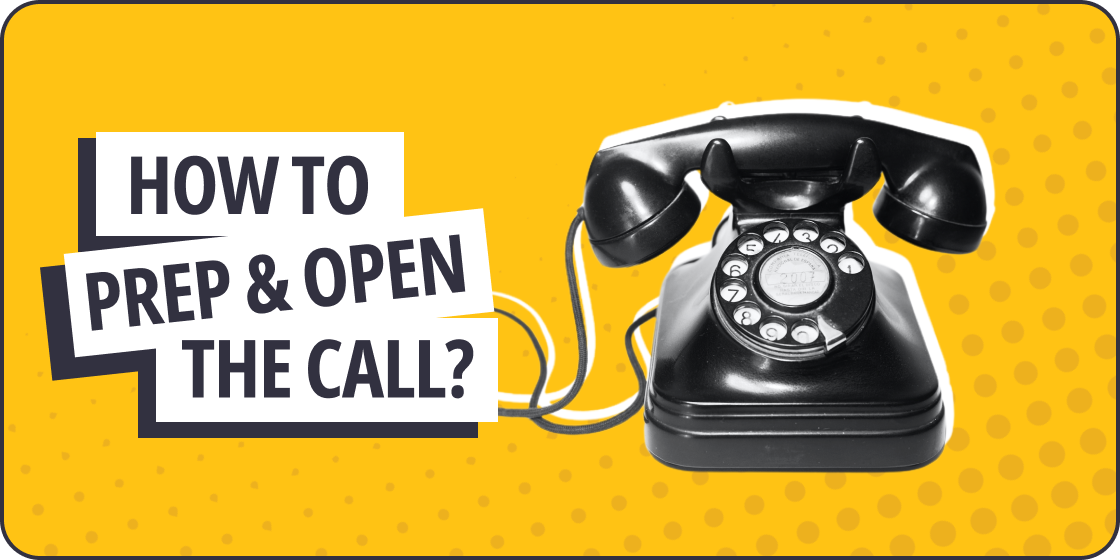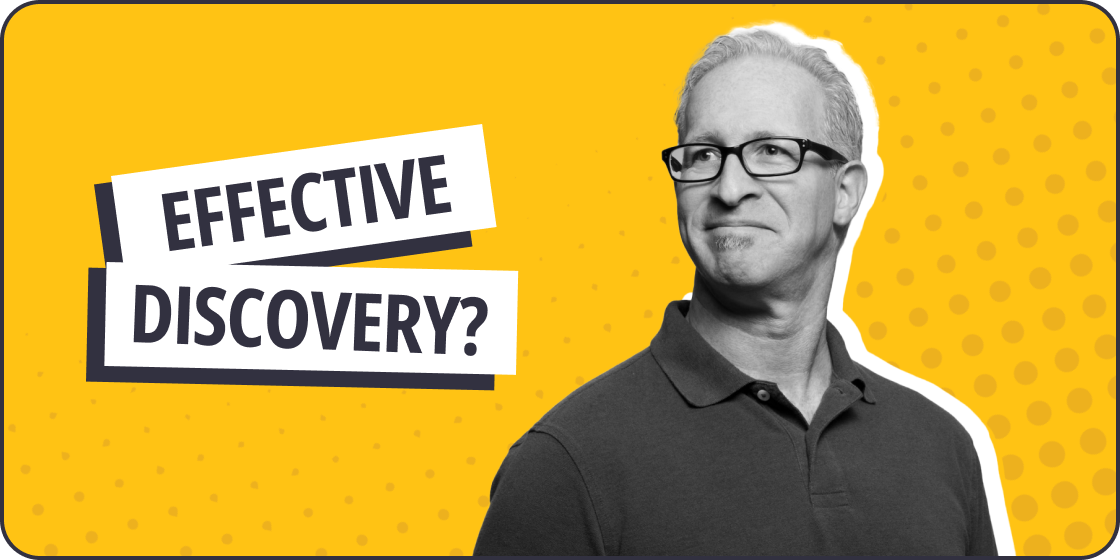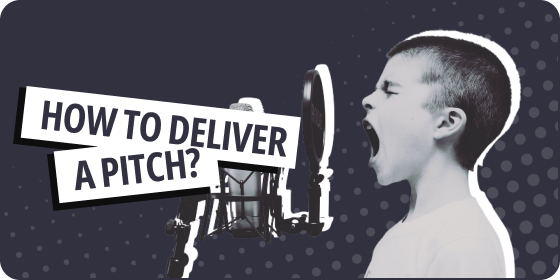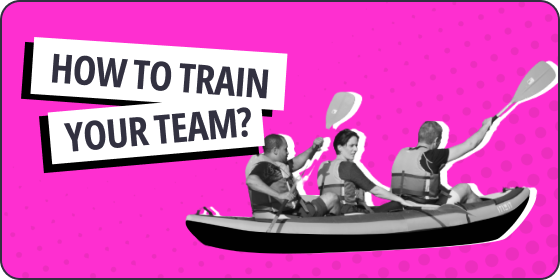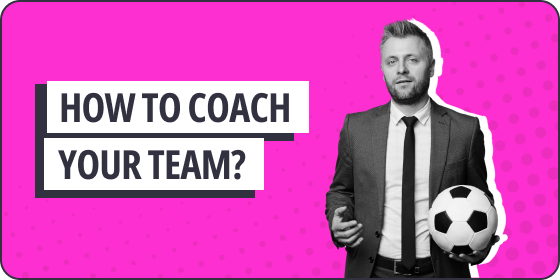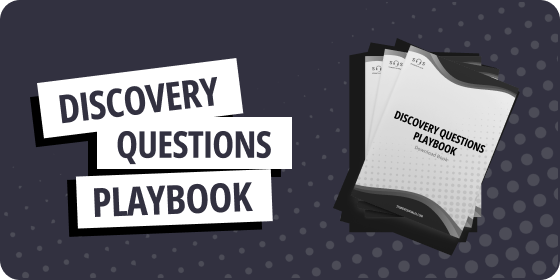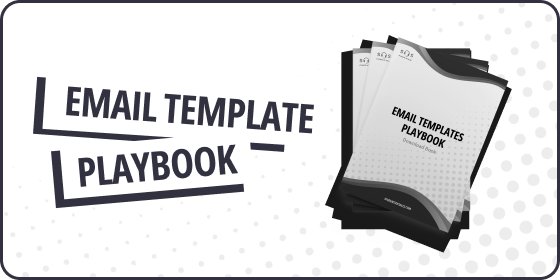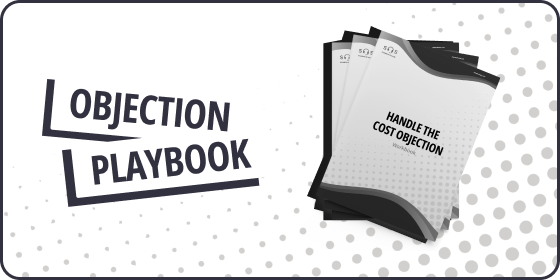What are the basics of discovery?

The Basics of Discovery Questions: How to Uncover Your Customers’ Needs and Concerns
As sales professionals, it’s our job to understand the needs and concerns of our customers and offer solutions that meet those needs. But to do this effectively, we need to ask good questions and be curious about the customer’s goals, challenges, and motivations. In this post, we’ll explore the basics of discovery questions – the types of questions that can help you uncover your customers’ needs and concerns.
Now, this is a VERY broad topic so we are just going to do a “quick hit” on the basics.
To start with, what are discovery questions?
Simply put, they are questions that help you gather information about your customers’ needs, goals, challenges, and motivations. They can be to be closed ended in order to gather details and information or they can be designed to be open-ended and allow the customer to share more about their requirements and concerns.
A key point is to remember is that every word in your sales meeting is doing work. Either it is working for you or it is working against you. The best advice I can give any sales pro is to learn to ask more questions and stop yourself, as much as possible, from making statements. Think of sales like a boxing match and you are exchanging punches with your prospect. The costly assumption that early sales people make is they think that, when they make a great point, they are landing a punch. This couldn’t be further from the truth. When you make a statement, that means your prospect is in control and asking the questions and you are the one taking the punches. It’s only when a question is asked that a punch is landed! If you want to stay in control and keep from being knocked out of the sale, learn to ask questions.
There are several types of discovery questions you can use in your sales conversations. Here are a few examples:
Open vs. closed ended.
Open ended questions have an infinite number of potential answers. A classic example is “what are you trying to accomplish?” This is probably my favorite jump off question in discovery and the customer has an open mic to share whatever they would like.
Closed ended questions have a finite number of potential answers. Most people, incorrectly believe, that yes or no questions are about the extent of closed ended questions. While these certainly are, anything that has a finite number is closed ended. “Do you have a pre approval?” is a yes or no question and certainly is a closed ended question. However, “how many bedrooms are you looking for” is also a closed ended question. Other than some thought experiments, there exist no house in the world that has infinite number of bedrooms.
Closed ended serve a purpose and are too often demonized. While it is best practice to stay away from closed ended questions in your fact finding as they can be massively beneficial when you are doing problem-focused or implication questions. To get customers talking more upfront, however, you do want to try your best to turn your closed into open ended.
Take the example above:
A real estate agent could ask a series of closed ended questions:
“How many bedrooms would you like?” “How many bathrooms?” “Would you like an attached garage?” “How many stories?” and so on. It could take 20 questions to get a sense of what the homeowner is looking for and that will leave the buyer frustrated and exhausted!
Instead, simply ask an open-ended question. Something like “Can you describe your perfect home to me?”
This question will get you a ton more information, with fewer questions and, typically, the customer will lead with their most important and trail off to their least important.
Fact Find Vs. Needs Analysis:
Fact finding (also referred to as situational questions) is exactly what is labeled on the tin; you are finding out facts about a person or a business. These are objective pieces of information and tend to be closed ended. These can be used to gather information around the person or the business that help narrow down the product options and even to qualify. Again, if we stick with the real estate agent, some simple fact finding would be:
“Do you have a pre qual?” “What price range are you looking in?” “Do you have a neighborhood you prefer?” “Do you have children or are you married?”
Needs analysis gets a level deeper and allows the salesperson to better understand the needs or wants of the prospect. Typically speaking you start with fact finding as your boulders and then use needs analysis to dive a layer or two deeper to get the motivating pain or desire. With these questions you are going to get more subjective responses that allow you to better understand the prospects needs. These questions should be more open ended to get your prospect to share more than they have.
The simplest question to jump start a needs analysis is the tired and true “what are you trying to accomplish” or “what are you looking to get out of x?” followed up by a “why” question.
Real estate agent asks, “what has you looking for a new home?”
Prospect answers “well, we are looking for a home that has more rooms for home offices and is a bit further out of town so we have a yard and better access to trails”
Real estate agent follows up with “oh, I see. Why are you looking for something with more home offices?”
Prospect answers, “well, we both work from home and just found out that are expecting our first child so need room for the baby’s room, plus a guest room and a room we can use as an office”
That gets us way more information and starts pointing us towards a motivation, a new baby! Too many sales people only stay on the surface and ask fact finding questions which only tells them about the customers qualifications but doesn’t give them their motivation.

Problem-focused questions:
The example I always give is to think about someone that is selling braces.
They might ask the prospect something like “do you believe braces help straighten teeth?” To which the prospect will obviously agree. They may even cover budget and explain how braces are covered by insurance; or how they have come a long way so they aren’t as much of a eyesore like they were when I was a kid or have to wear them as long! They do everything exactly right and overcome all objections and go in for the close “so, did you want to get setup with braces?” and get hit with an immediate “Nope!” Why? Simple, they never got the customer to admit they NEEDED braces. The customer doesn’t see a problem with their teeth the way they are! Hard to sell someone that doesn’t have a problem.
Problem questions help you understand the customer’s challenges and goals and how your product or service can help solve those problems. But they also help your customer understand the problem and challenges. The real sales pro understands that before you sell a solution you must first sell the problem.
The first step of recovery is admitting there is a problem. No one will ever take steps to change if they don’t believe there is a compelling reason to change. You will lose more deals to status quo than any other competitor or objection.
The key to problem questions is having an accurate understanding of the problem your product solves in the first place. Write these out and then come up with questions that get the customer to admit this. These are, mostly, going to be closed ended questions.
Example:
“Most people tell me that, with a new baby, they are going to need a separate bathroom with a bathtub for washing, do you think that is something we should put on our list?” It’s a closed ended question that could increase my sale value by adding additional bathrooms!
Implication questions:
Implication questions help you understand the impact of the customer’s problems and how they are affecting their business or personal life. This is what Keenan would refer to as the future state in GAP Selling. What happens if you don’t address this issue? How does this problem compound over time?
I used to sell a medical scheduling software and my problem/implication questions would sound like this:
“How many unfilled appointments do you have a in a week?” (fact finding, closed ended)
“Other dentists have told me that a single unfilled appointment can cost the practice an average of $250 per appointment, is that what you’re seeing or is it higher than that?” (problem, closed ended)
“Ok, so if you have 5 unfilled appointments each week, and each is $250 loss to the practice, over the course of the year you are losing $65,000 in revenue to unfilled appointments, is that what you’re saying?” (implication, closed ended)
For more information on this, please pick up:
SPIN Selling by Neil Rackham

Qualifying Questions:
Qualifying questions help you understand everything from their budget to their buying process. I still subscribe to the simple format of B.A.N.T which stands for; Budget, Authority, Need, and Timeline.
You can get super in depth on this but, in my opinion, the only real qualifier that matters early on in the process is need. In my experience, when the need to great enough you can figure out the rest of the equation. Too many sales people are over focused on qualifying down prospects and put too much weight on things like budget and authority. The danger here is that you then ignore someone with a huge need simply because they don’t appear to have money or are the decision maker. People can always borrow money or introduce you to their decision maker. There are exceptions to this, of course, but for the vast majority of people reading this I highly advice you set aside the focus on qualifying on focus more on selling.
If you ask the right problem and needs analysis questions you can uncover the basics qualifiers without being too on the nose that your prospect feels like you checking off a list.
Need-payoff questions:
These questions help you understand the benefits the customer hopes to achieve by solving their problem. I typically advice salespeople to stay away from these and they tempt a salesperson to commit the biggest sin one can commit during discovery; pitching! Under no circumstances do you want to pitch during your discovery and need-payoff questions tend to be pitching disguised as a question.
These questions are better placed towards the end of a sales call to be used as what would be traditionally referred to as “tie down” questions.
“So, if I was able to show you a home that was in your dream neighborhood, had x,y and z would you be in a position to make offer today” Now some purest out there may say this isn’t a true need payoff.
A true need payoff would be more like “do you think having a home in your dream neighborhood that had x,y, and z would allow you to better work remotely and offer the home of your dreams for your new baby?” This is too on the nose and heavy handed. Your prospect with not want to play this “if you have x is that good?” game. Use these questions very very sparingly in your sales meeting or run the risk of sounding manipulative and reductive to your prospects.
When using discovery questions in your sales conversations, it’s important to listen actively and be genuinely interested in what the customer has to say. By asking good questions and being curious about their needs, you can gather valuable information and tailor your sales pitch to meet their requirements.
Discovery questions are an essential tool for sales professionals looking to uncover the needs and concerns of their customers. By asking good questions and being genuinely interested in what the customer has to say, you can gather valuable information and tailor your sales pitch to meet their requirements. So the next time you enter a sales conversation, remember the power of discovery questions and use them to better understand your customers’ needs and concerns.







